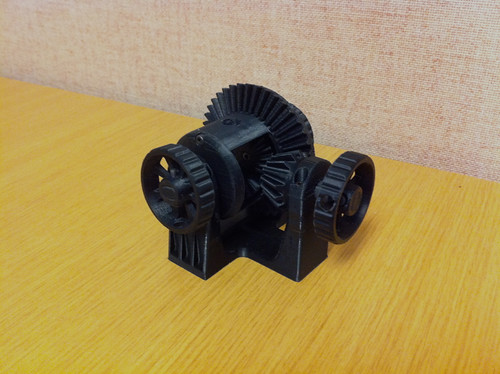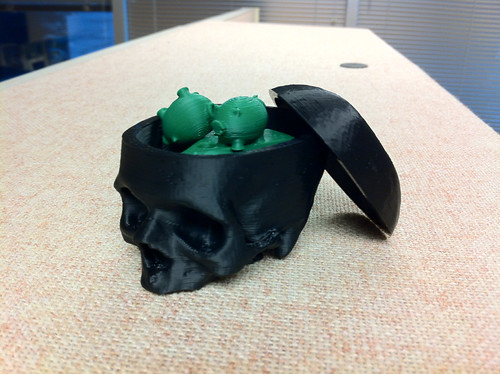My bot topped out around 1000th place. After a while it started to lose, which wasn’t that surprising. For various reasons, my bot is very bad on the maze maps and those seem to come up the majority of the time.
I spent the week trying to make my bot more intelligent. I’ve wanted to use gradients to give my bots marching orders, so I worked on code to do it. I wrote it over two days or so and rewrote it at least twice before I tested it as I kept thinking through the algorithm. I was really pleased when, except for one a mistyped variable name, it worked the first time.
I started testing how fast it was (since bots in the AI Challenge are limited to 3 seconds per turn) and it was great on tiny test cases. As I went to test it on random data that represented something the size of the large maps, it started crashing. I spent a bunch of time chasing down a StackOverflowError bug. I was pretty sure it was a bug in my code for quite a while, but as it turned out it’s just a known issue in Clojure, my code was technically correct. If you embed LazySeq in LazySeq in LazySeq over and over when Clojure goes to get a value it can go so deep that it runs out of stack space. The solution is to force evaluation to remove the “Lazy-ness”.
Unfortunately, things are still way too slow. Doing a full re-build every turn is never going to work, so I need to make it so I do partial updates every turn. While doing a little research I found that Clojure has a hidden queue type, which is drastically faster at removal (about 60x in a simple test case) than my List based solution.
In the mean time I have made my bot smarter. I’m hoping my bot is now up to tired toddler, but we’ll see as it starts to run games. I added a food reservation system to prevent tons of ants from getting piled up trying to get to a single piece. I also added some code to help with exploration, but I had to disable it as it caused a weird side effect I didn’t feel like debugging tonight. It actually caused more jams.
Speaking of jams, while watching my last replay I noticed an odd case. The ants are programed not to go backwards if possible. When a group of ants gets boxed in to a concave area in a map, if the outside ants push “in”, they won’t want to go backward and end up locking all the ants in. I did shuffle some code around, so this may no longer be an issue. I’ll just have to keep an eye on it.





